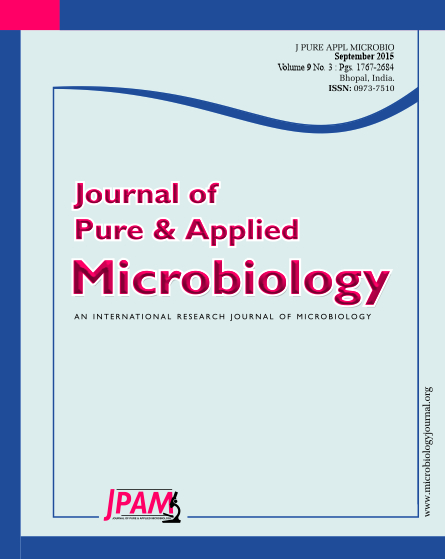Porcine epidemic diarrhea (PED) is caused by porcine epidemic diarrhea virus in pigs, which is a highly contagious enteric disease with vomiting, diarrhea, and loss of appetite and of all ages can be susceptible to this disease. The current diagnosis of PED was immune electron microscopy, immunofluorescence, indirect hemagglutination test, ELISA, RT-PCR, neutralization test. With the development of molecular biology, the method of ELISA and RT-PCR are specific diagnostic methods for detecting PED and currently the most widely used. The biggest advantage of ELISA method is can directly check PEDV antigen from feces, and can also be used for the detection of PED antibody. TR-PCR has good sensitivity and specificity. In this study, according to the PED virus genome database sequences of S gene nucleotide sequence specific amplification, a pair of primers were designed, through optimizing concentration of primers and the template concentration and PCR amplification conditions, determine the optimum conditions for optimal RT-PCR system: primer concentration: 1.0-1.2mol/L, MgCl2: 2mmol/L annealing temperature of 56!. The best cycle condition: 95! 3min, 94! 30S, 56! 30S, 72! 1min, 35 cycles, the last 72! 10min. This study provides a simple method for the clinical diagnosis of PED, can be measured in 6 hours, can be used for the diagnosis and epidemiological survey of PED.
Porcine epidemic diarrhea, RT-PCR, Molecular diagnosis
© The Author(s) 2015. Open Access. This article is distributed under the terms of the Creative Commons Attribution 4.0 International License which permits unrestricted use, sharing, distribution, and reproduction in any medium, provided you give appropriate credit to the original author(s) and the source, provide a link to the Creative Commons license, and indicate if changes were made.


